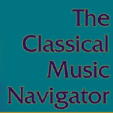The Anatomy
of a Violin
Music has been an important part of human existence since the very beginning. From early percussive instruments and vocal chorus, people have bonded and come together over the magic of music and song. With the evolution of more complex musical instruments, such as horns and stringed instruments, the world of music continued to expand across more cultures.
One of the most popular stringed instruments today is the violin, and it actually had quite an interesting history.
First true violin
Early predecessors to the modern violin were prevalent in Europe and the Middle East from as early as the 9thCentury AD, but the first true violin appeared in the mid-1550s.
And interestingly enough, the anatomical elements of the instrument have not changed too much since its creation.
Let’s take a closer look at the elements that go into making the violin as we know it today, and the history that surrounds its creation, propagation, and advances in technique, in order to get to know this fascinating instrument even better.
A brief History
of the Violin
In terms of musical instruments, the violin was a more recent invention. It was unique in terms of completeness—the violin was not gradually altered over time. Instead, it appeared quite suddenly in the mid-1500s very similarly to its current form.
Two of the earliest violin makers on record were Andre Amati and Gasparo di Bertolotti from the north of Italy, and Amati’s first violin in 1565 remains the oldest one in existence.
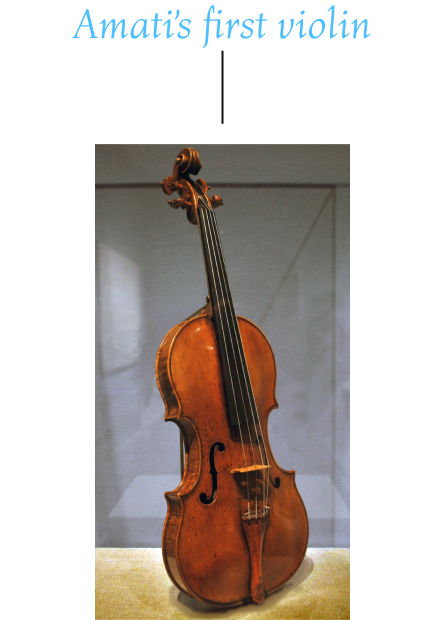
Img Source: Wikimedia Commons, By Jaime Ardiles-Arce, CC BY-SA 3.0
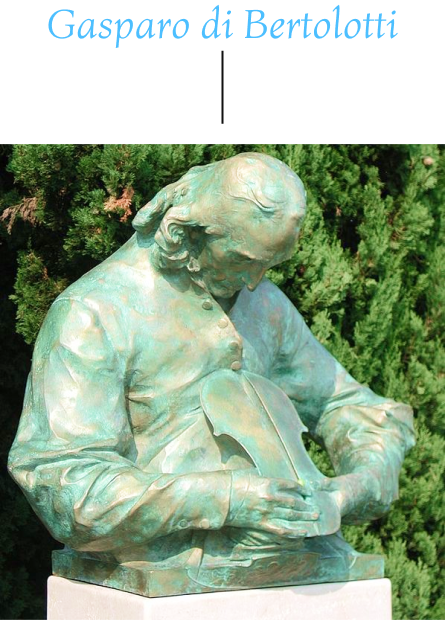
Img Source: Wikimedia Commons, RicciSpeziari, 1690153, CC BY-SA 3.0
Early Stringed
Instruments
Violins are hardly the first stringed instruments to appear, however. Ancient Mesopotamian, Egyptian, and Greek archaeological sites have offered evidence of such instruments. From harps to lutes and lyres, musicologists can track the existence of stringed instruments even back to the 4th Century BC, through engraved images, stela, and physical evidence.
These early instruments typically used catgut or other natural materials for the strings, instead of modern metal or synthetic fibers.
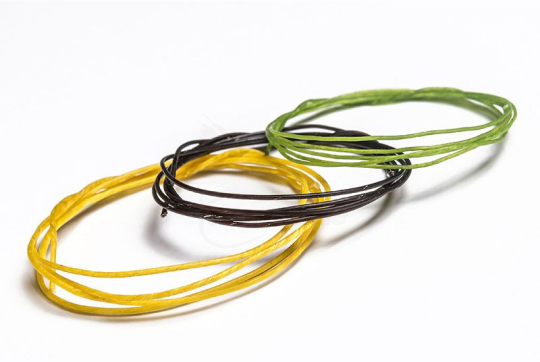
Silk was especially common for strings in Medieval Europe with the invention of the gittern, a four-stringed predecessor to the guitar and violin.
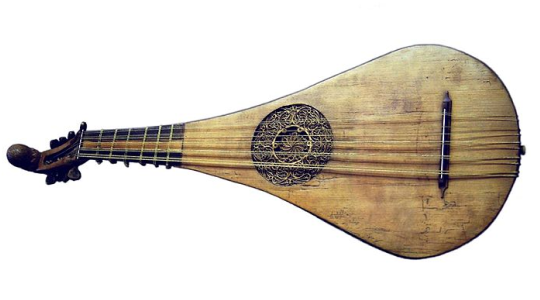
Breakthroughs in shapes and sounds were common, including variations in the number of strings.
Throughout the years, western Europe experienced a new wave of stringed instruments. The three-stringed lira appeared early in the 800s, and the Arabian two-stringed rabab was introduced in the 11th Century AD. As a result of the Crusades, the rebec came from the Middle East into Spain during the 11th and 13th Centuries, and in France, the vielle was used by minstrels between the 1200s and 1400s.


Img Source: Wiki Commons, By Tropenmuseum, part of the National Museum of World Cultures, CC BY-SA 3.0


As we can see, the stringed instrument was a long-lived and popular part of cultures around the world. But it was not until the mid-16th Century in northern Italy that the modern-day version of the violin would be created.
Catherine de Médicis
When the French queen regent, Catherine de Médicis, commissioned the skilled Italian craftsman family the Amatis to create a variety of stringed instruments, the violin was born.
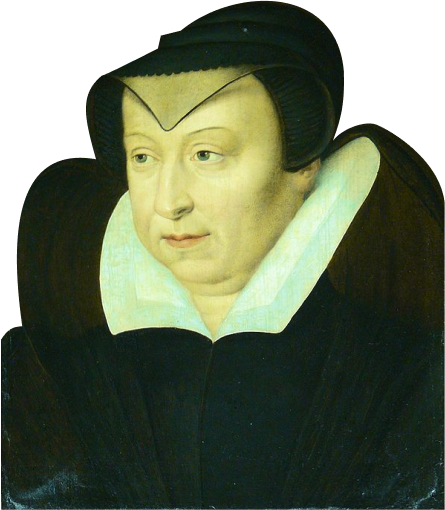
Amati’s new instrument featured F-shaped sound holes and four strings that were tuned to perfect fifth tones, and tightened with pegs at the top of the fingerboard. This was the inauguration of the violin, and its creation would stay in the family business until the third generation, where two of the most famous names in violin making would appear: Andrea Guarneri and Antonio Stradivari.
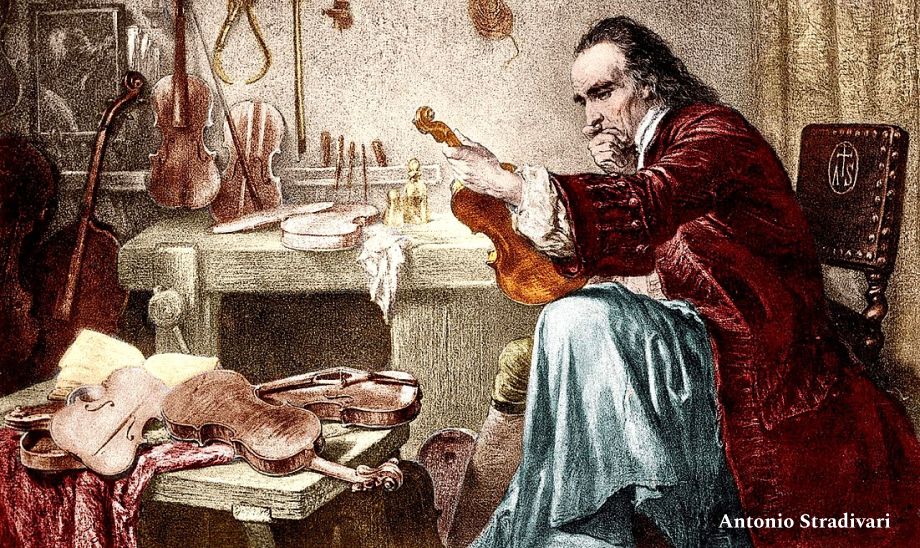
Design
Progressions
While the original design of the violin remained largely unchanged as the years went on, some improvements were made to elements of the instrument to make it easier to play and improve the sound.
In 1786, luthier François Tourte collaborated with virtuoso G. B. Viotti to make significant changes to the violin bow: lengthening and balancing it.
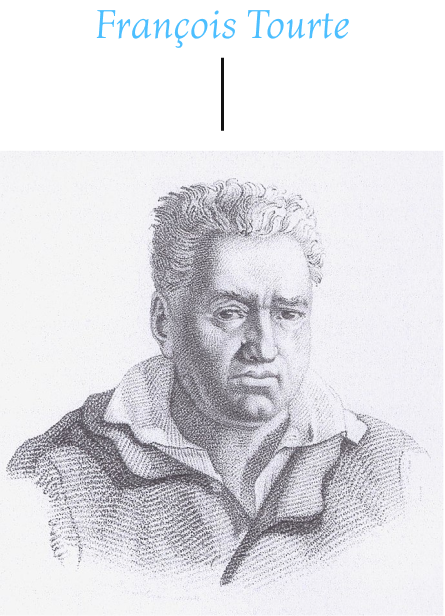
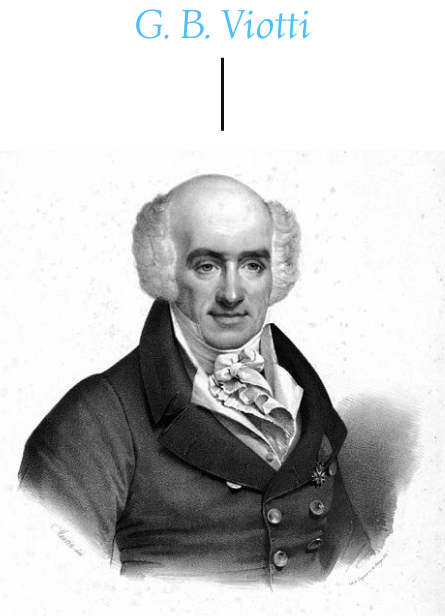
Similarly, chin rests were added to violins around 1820, making the instrument easier to hold for long periods of time and increasing the range of play. Some last alterations were in the mid-19th Century when the fingerboard and neck of the violin were both lengthened and angled for access to higher notes. Around this time, the bass bar brace underneath the fingerboard was made sturdier to facilitate a bolder and brighter sound.


Violins, Violas, and
Cellos, Oh My!
Most people are familiar with the violin’s larger relatives, the viola and cello, but the first step toward a modern-day violin was completed in the 14th Century—the viol. In fact, the viol and violin actually coexisted during the late 1500s and early 1600s, until the violin won in popularity and symphony applications.
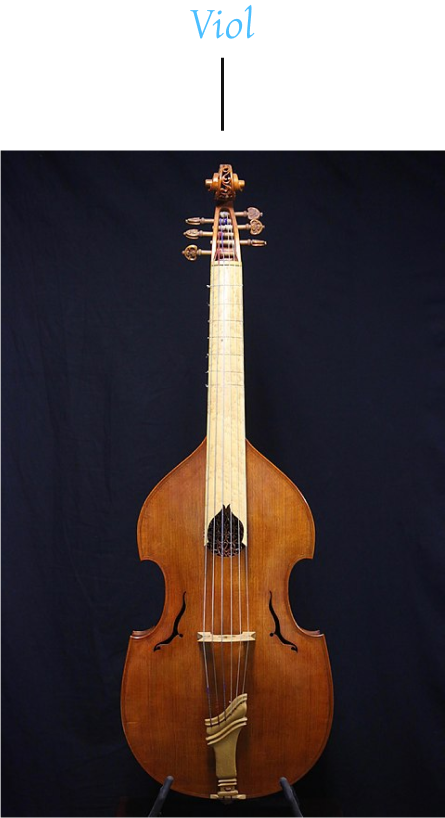
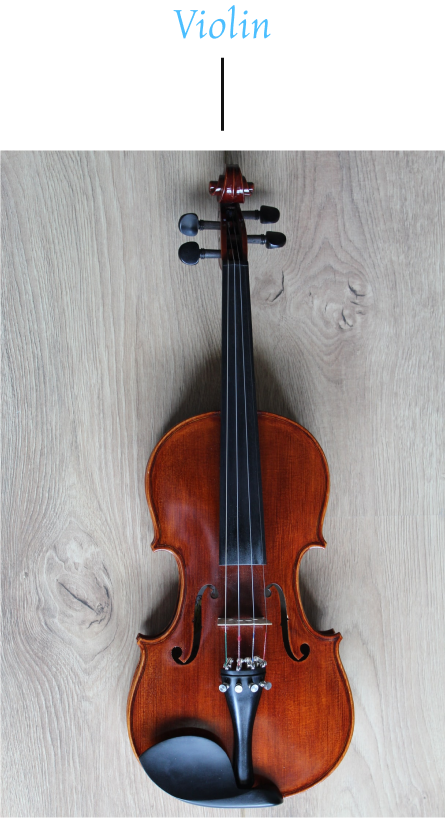
The main differences between the viol and violin were in the sound holes and strings. The viol had C-shaped sound holes, and had six, seven, or even more strings that were tuned in fourths. The fingerboard also featured frets and the entire instrument was larger than the violin. But this family of instruments paved the way to creating the violin and had lasting effects on the design of modern violas and cellos.
The Minds
behind the
Music
Aficionados of music are doubtlessly familiar with the works of Beethoven, Bach, and Mozart, but let us explore more composers and works that changed the face of music and brought the violin into the spotlight. Violin crafters could create the instrument, but it was up to the composers of the day to utilize its full potential and unlock new techniques to allow the violin solo performances as well as ensemble spots.
Famous Violin
Composers
Certain composers in history worked to enhance violin techniques and spread its popularity as a solo instrument, creating pieces of music that have endured for centuries. The following are a handful of such musicians who have changed the face of violin music forever.
Antonio Vivaldi
1678 – 1741
One of the most famous musicians to this day, Vivaldi was a Baroque composer and virtuoso violinist from Italy. With more than fifty operas, choral works, and his classic series of violin concertos titled The Four Seasons. In his day, Vivaldi’s pieces were seen as highly innovative and compelling—he managed to bring a lightness and zest to the concerto form, with harmonic contrasts and themes.
In fact, Bach was later influenced by his predecessor’s concertos and arias, taking inspiration from them, and transcribing some of Vivaldi’s work into a more modern format.
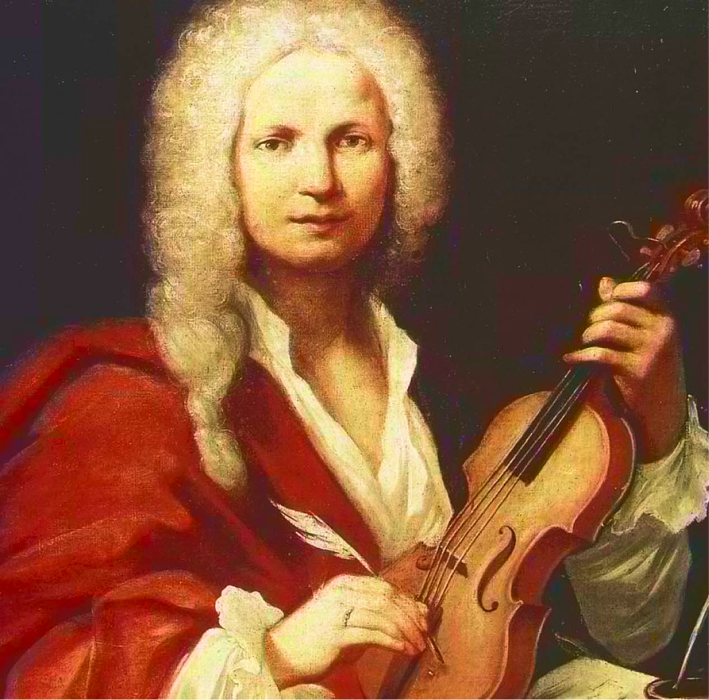
Arcangelo Corelli
1653 – 1713
An Italian composer and violinist, Corelli’s work was actually pivotal in the development of sonata and concerto genres. His pieces also became the impetus for the violin being more widely accepted into symphonic settings.
Though Corelli only utilized part of the violin’s range, commonly refusing to go beyond a D or an E in the fourth position on the E string. This did put a damper on the instrument’s ability, but through his composing the violin was more accepted as a solo instrument rather than strictly an ensemble one.
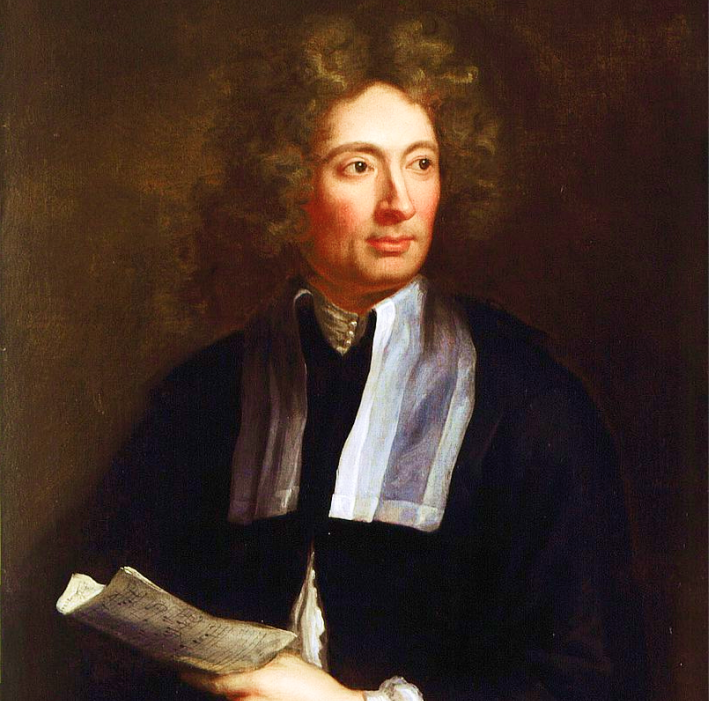
Niccolò Paganini
1782 – 1840
Paganini was known as one of the most popular violin virtuosos of his period, forever altering violin technique. Renowned for his use of harmony and agility of fingering techniques, Paganini worked to bring the violin solo into a new era. The appearance of left-hand pizzicato was an inspiration to later composers such as Alfredo Casella, Fritz Kreisler, and Frédéric Chopin.
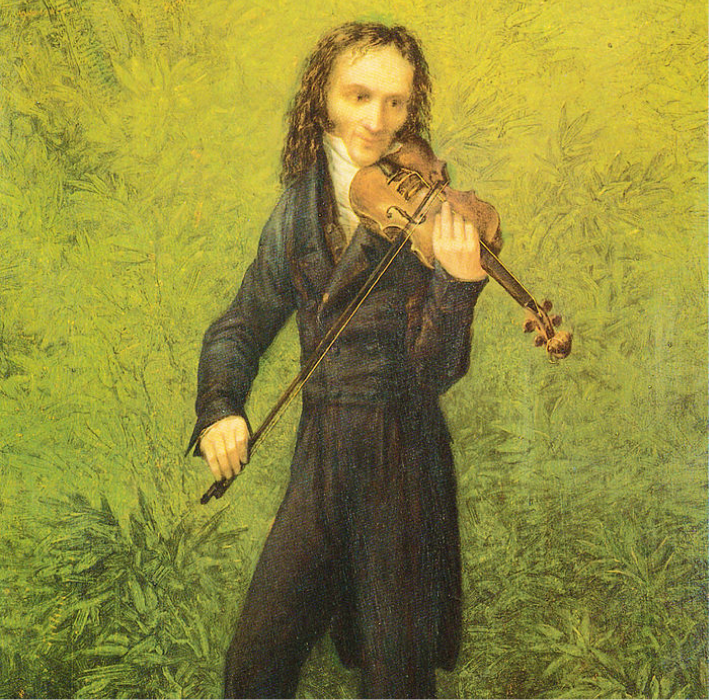
Pablo de Sarasate
1844 – 1908
A successful violin virtuoso and Romanic period composer, Sarasate was a genius of idiomatic writing for stringed instruments. His operatic fantasy compositions featured violins as the primary voice line and strove to keep his tone pure by veering away from any sentimental or rhapsodic melodies.
Img Source: flickr/Pablo de Sarasate: Portrait of a Violinist (CC BY 2.0)
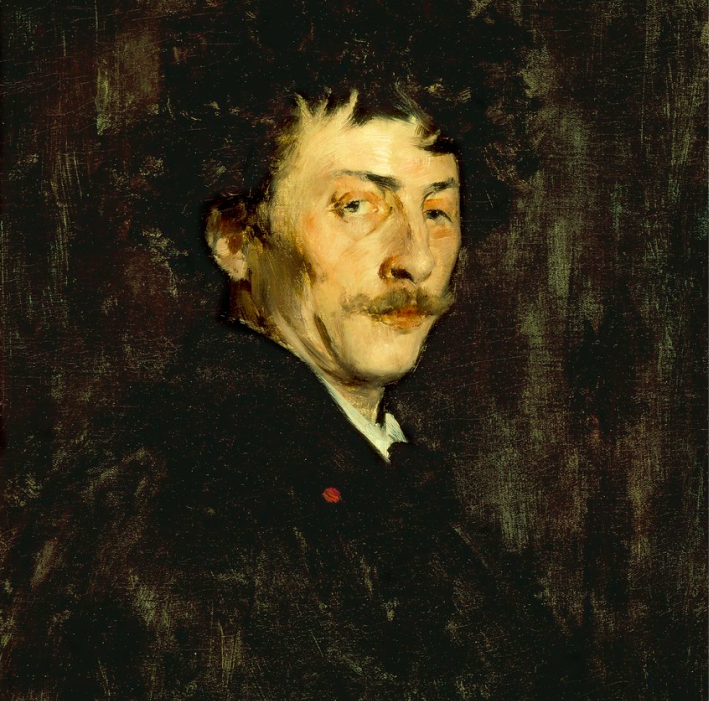
Iconic Violin
Compositions
While the violin can tackle just about any piece of music, even if it is not written expressly for the strings, there are a few compositions written for the violin that elevate the instrument and its abilities.
“Caprice No. 24”
by Niccolò Paganini
The final in Paganini’s set of Caprices, this violin solo in the key of A minor was composed around 1807. Musicians agree that this piece requires highly advanced techniques to successfully play it. The piece includes parallel octaves, pizzicato, and speedy arpeggios, among other complex workings.
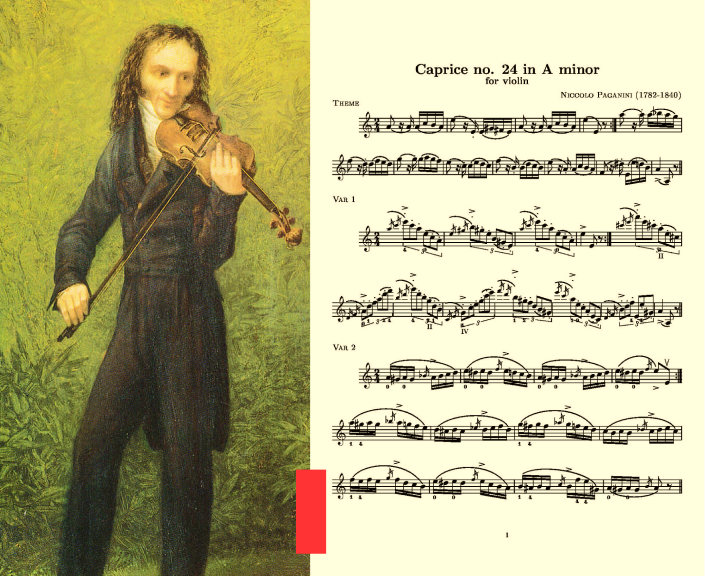
“Introduction and
Rondo Capriccioso”
by Charles-Camille Saint-Saëns
Scored for solo violin performance, Sant-Saëns’ composition includes backing for various woodwind instruments, such as flutes, oboes, and bassoons. The violin part plays arpeggios and scalar passages, varying between rising tones and falling notes to destabilize the rhythm.
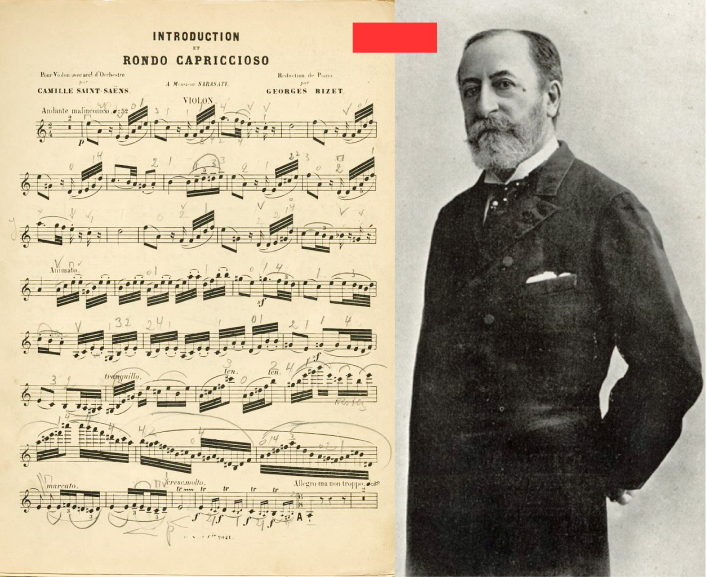
“Partita No. 2,
Chaconne”
by J. S. Bach
Both enigmatic and monumental, Bach’s D minor composition hides a series of chorale melodies under the surface. This piece was written shortly after Bach’s wife died at a young age, and musicians agree that concealed messages refer to dual themes of death and resurrection, alluding to his spouse.
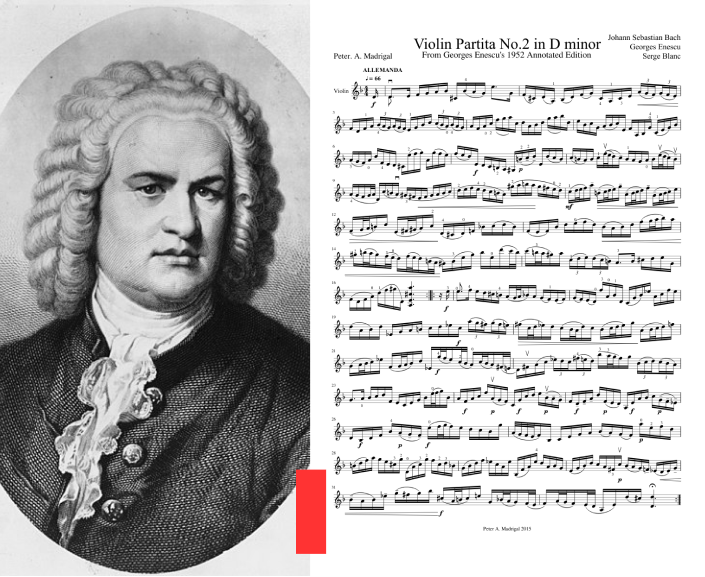
“Violin Concerto
No.1”
by Max Bruch
Originally penned in 1866, Bruch’s score is meant for solo violin with a classical orchestra backing. With a prelude that begins slowly with gentle woodwind instruments, the violin enters with a short cadenza. The second part is widely considered to be the heart of the entire concerto with themes that keep the movement alive. Intense but soft, the third movement closes the piece with a dance-like theme and accelerando.
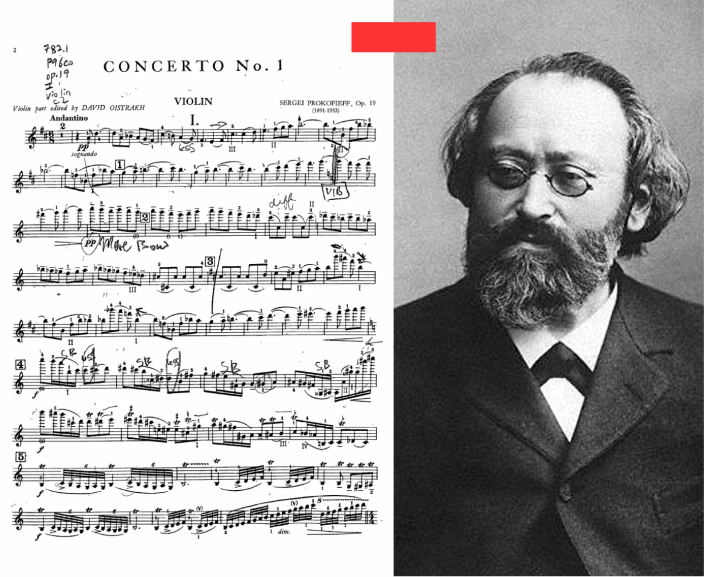
“Violin Concerto No.
2”
by Béla Bartók
Written in the 1930s while Bartók was dealing with the growth of fascism, he experienced several conflicts due to his anti-fascist views. The work has a three-movement structure that incorporates variations and twelve-tone themes.
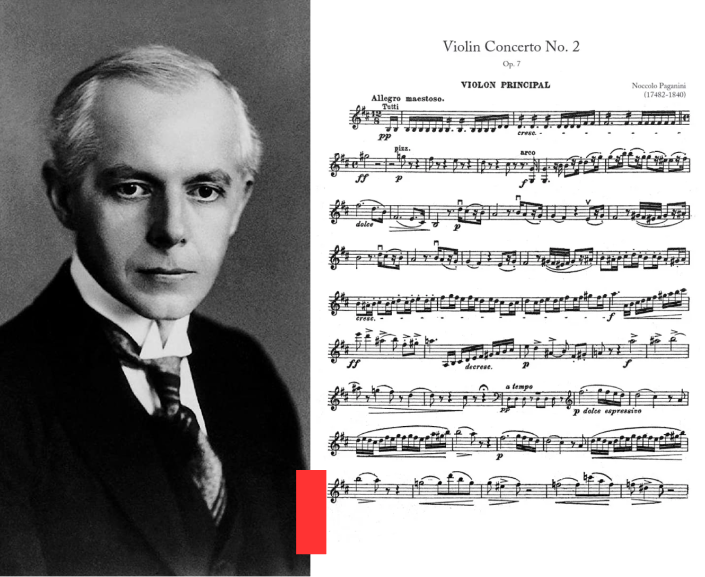
“Violin Sonata No. 3”
by Johannes Brahms
The last of Brahms’ violin sonatas, it is composed in four movements and is dedicated to his friend Hans von Bülow in 1887. Long lyrical lines for violin solos weave throughout the piece, with a romantic and nostalgic rhythm. With gentle piano accompaniment, the sonata is understated and magical with the suggestion of a tarantella.
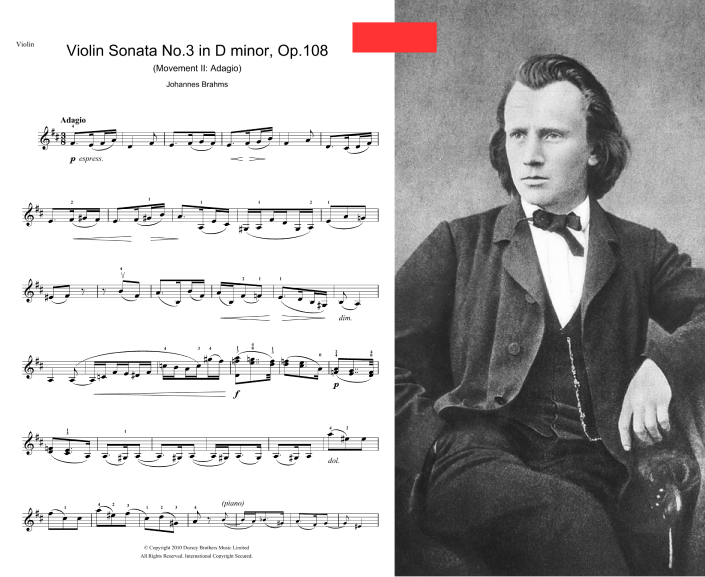
“Violin Sonata No. 9
(Kreutzer)”
by Ludwig van Beethoven
In the spring of 1803, Beethoven completed this ninth sonata for violin and piano. It was barely finished in time, though—when it was performed on stage, he and the violinist actually had to perform some portions of it straight from the manuscript itself. Musicians who perform this piece or hear it played agree that it is one of the most powerful works of chamber music ever written.
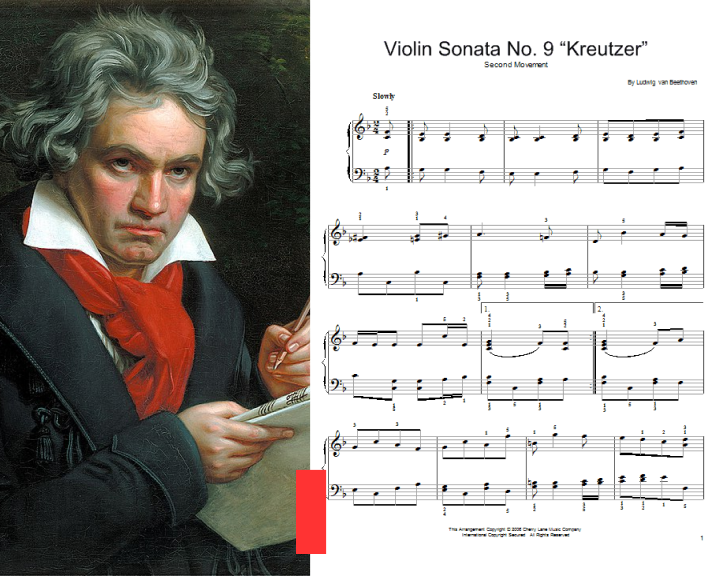
“Zigeunerweisen”
by Pablo de Sarasate
One of the most complex of Sarasate’s pieces, and arguably among the most popular to perform and enjoy, this work has emotional melodies and technical leaps that continue to dazzle audiences. Combining a fascination with the mystery of gypsy culture with ideas of virtuosity and religion, it is a triumph of violin and symphony pairing.
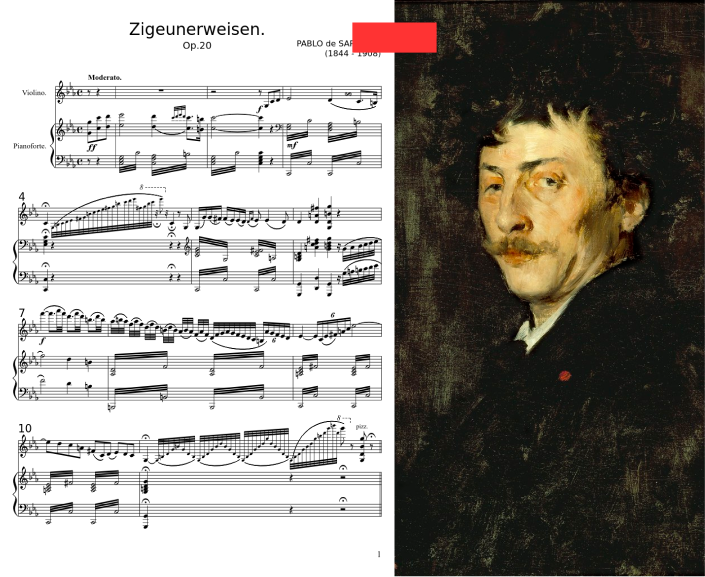
The Features
of the Violin
The violin is a work of beauty and mechanisms that allow for a delicate balance of vibrations and amplification, creating melody. As a piece of equipment, it is an ingenious work of musical art. But when it comes to the technicalities, how do violins function? They are a fascinating instrument to delve deeper into.
How Do Violins
Play?
Violins create sound by the vibration of strings. Any combination of the four violin strings can be bowed or plucked to create the amplification of sound. In general, in order to play the violin, the musician will require two distinct actions from each hand.
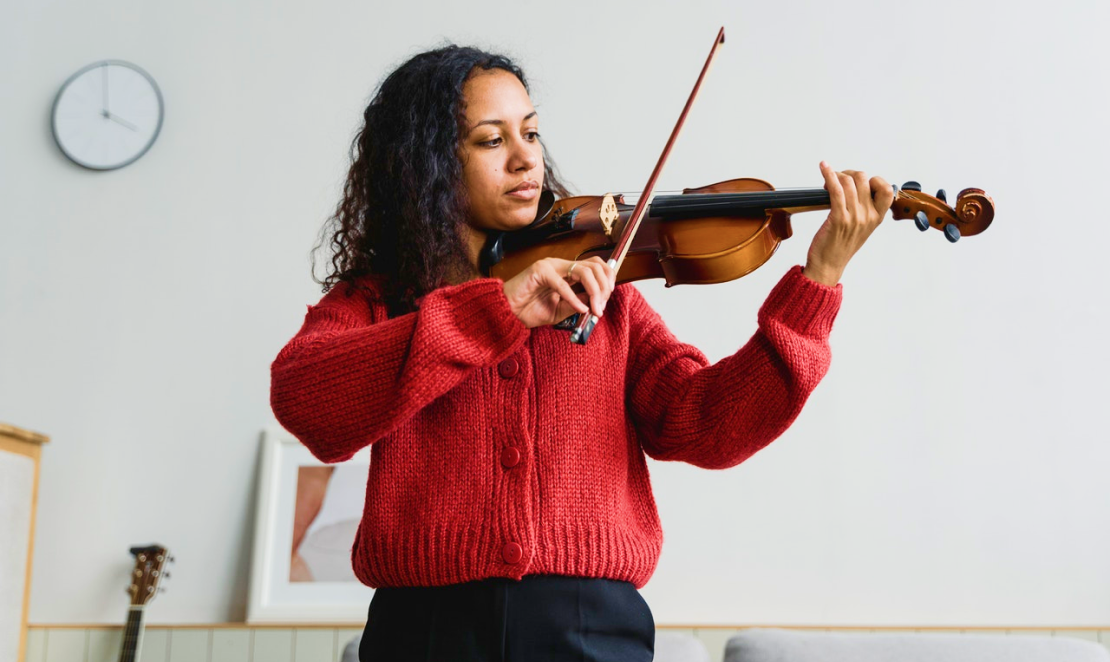
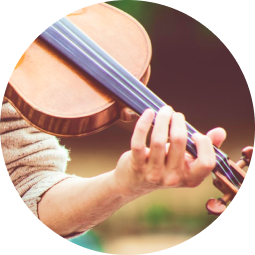
Stopping
In technical terms, the act of pressing violin strings along the fingerboard is called “stopping”.
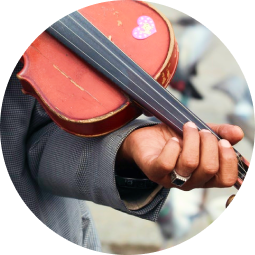
Double stopping
If you press down on two strings at the same time to create a harmonic chord, it is known as “double stopping”. You can also make triple and quadruple stops.
The vibrations from the bow or string plucking resonate through the hollow body of the violin, tempered by internal mechanics like the soundpost. The final sound product of the instrument is carried through the F-holes on the violin’s body and out into the world.
Key Characteristics
of the Violin
As the smallest and highest-pitched soprano instrument in the stringed family, the violin is one of the most common instruments for both solo and ensemble performance.
The Anatomy
of a Violin
Now that we have explored some of the history behind the violin and its creation, let us take a closer look at the individual parts that make up this beautiful instrument. The violin, though simple enough at first glance, is comprised of many intricate pieces that work together to create music, and with even one missing, the violin would not be able to play.
The Neck
The long, skinny part of the violin, located between the body and the scroll.
This contains all the elements for creating notes and tuning the instrument.
The Body
Shaped like an hourglass, the wooden body of the violin is the biggest part of the instrument.
Different woods used in the creation of the body will have an effect on the sound produced, and the body accounts for most of the sound projection and resonance of the instrument.
The Bow
The last element of the violin, the bow is essential for making music.
The movement of repeated bowing across the instrument’s strings creates vibrations that echo and resonate through the violin’s body. The bow relies on rosin, a tree resin wax, to stiffen the bow hairs and create the correct amount of tension for vibrations.
Violin Today:
The Classics
Renewed
Violins and music are far from being obsolete in today’s day and age. Examining the legacy of composers and the original violin makers establishes traditions and standards that carry on to our era. But that does not mean the world of music and instruments is not open for change and evolution.
Contemporary
Masters
Following in the footsteps of classical violin masters, a new generation of violin virtuosos have arrived on the scene. Names such as Itzhak Perlman and Joshua Bell are renowned in the contemporary music world, Hilary Hahn and Edward W. Hardy are also forces to be reckoned with.
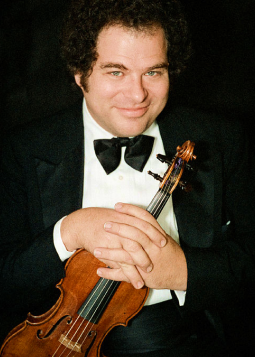
Itzhak Perlman
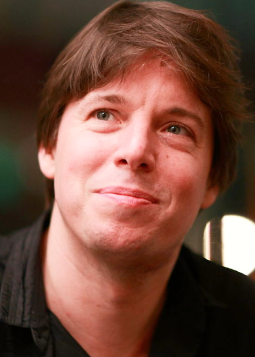
Joshua Bell
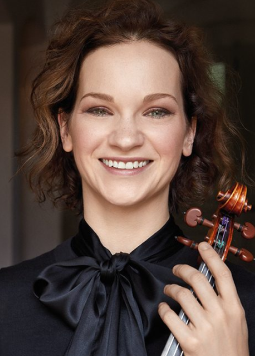
Hilary Hahn
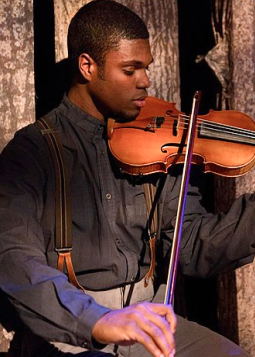
Edward W. Hardy
Img Source: Wiki Commons, Noah Perlman, Itzhak Perlman violinist 1984 (CC BY-SA 4.0); Wiki Commons, Alexduff, Joshua Bell (CC BY-SA 3.0); Wiki Commons, Zombat2021, Edward W. Hardy in The Woodsman (CC BY-SA 4.0)
In more modern and pop-classical spheres, Lindsay Stirling has made a name for herself as a hip-hop violinist, combining traditional music techniques with techno and EDM tones.

Img Source: Wiki Commons, By Justin Higuchi from Los Angeles, CA, USA – Lindsey Stirling (CC BY 2.0)
Technology and the
Strings
While technology, in general, has affected nearly every aspect of daily life, music is in the same boat. The manufacturing of violins has sojourned into the realm of the technological—in the future, luthiers may not be required to make violins by hand.
Success in special effects resin molding and injection molding created the Vivo2 violin, and architects created the Piezeletric Violin with only two strings and a silver chassis.
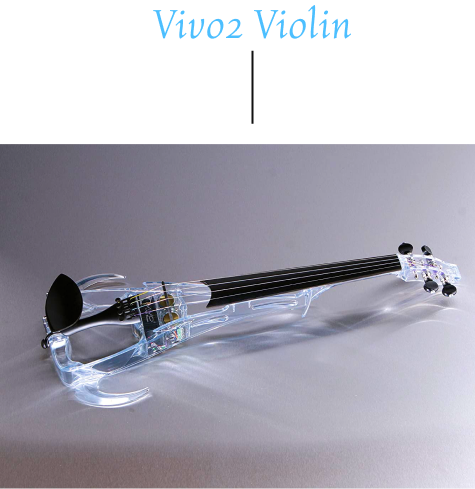
Img Source: mbusitout.com, Ted Brewer Vivo2 Electric Violin
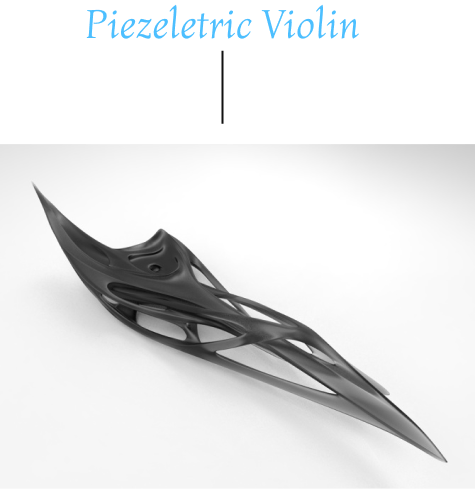
Img Source: monadstudio.com, CC BY-SA 3.0
Hopes for the future of 3D printing abound, as well. The latest generation of 3D printers could open the path to an entirely new conception of violins and violin making, though some musicians are concerned that using plasticine or synthetic material for the body will adversely affect the sound of the instrument. To avoid this, 3D printers work closely with local luthiers to ensure all instruments and accessories are up to standard.
Violins in the Future
While handmade manufacturers and violin restoration artists are not about to be replaced by synthetic violins any time soon, the art of violin making is transforming.
Younger generations of luthiers tend to be more open with colleagues, preferring to share secrets rather than keep them close to the vest.
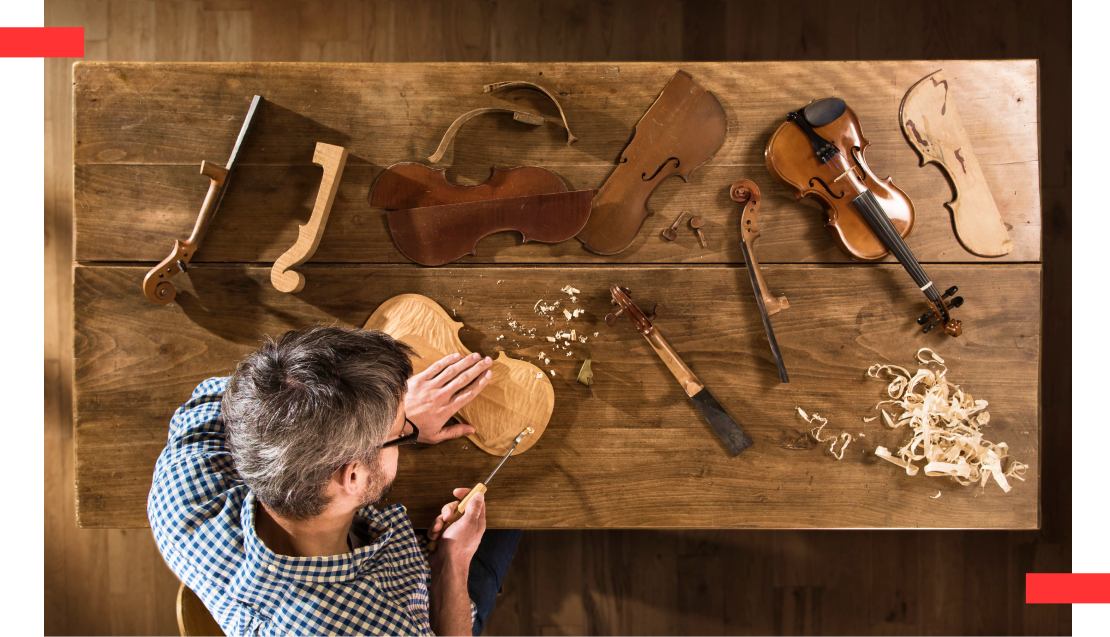
Around the world, a new wave of violin artists has come into the scene with distinctive profiles and high-quality work.
These new violin makers compete in international violin crafting competitions, create special pieces for museums and collectors, and of course, supply any budding musicians or seasoned artists with the musical instruments of their dreams.
The Anatomy
of a Violin
Violins are one of the most popular and versatile instruments, with an ability to easily evoke a variety of soundscapes and emotions that has placed them as a staple in symphonies. Violins can function as a solo line with backing accompaniment, or as part of a larger ensemble.
But one of the most fascinating things to do with violins is the complex anatomy that allows them to function and create beautiful and haunting music.
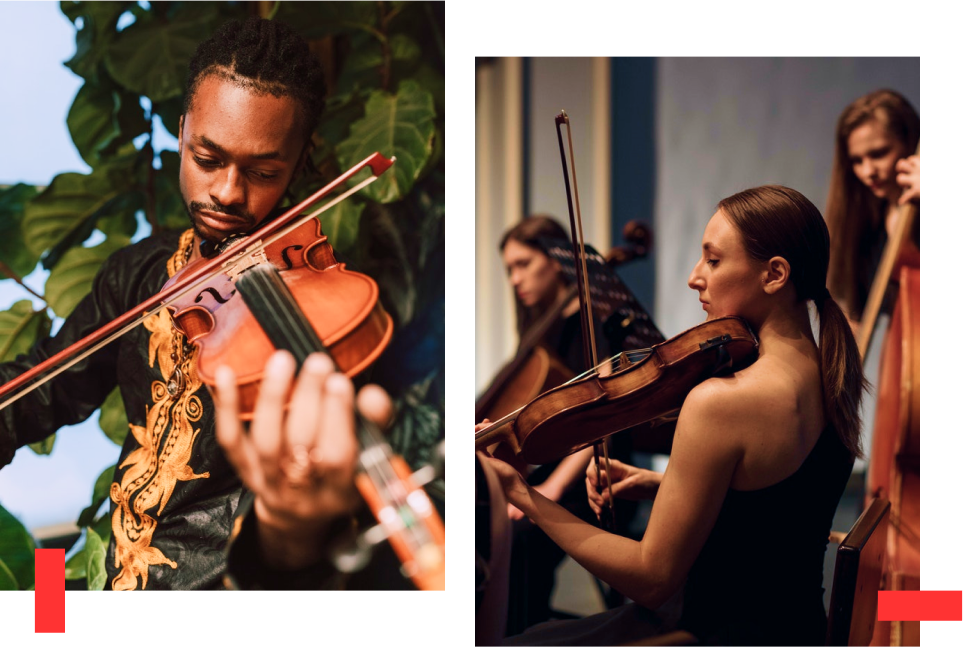
With all the specifically crafted parts that work together, facilitating the interaction between bow and strings, the violin’s crafting has actually changed very little since its introduction in northern Italy during the 1550s. In terms of the story of violins and their impact on instrumental musical history, this instrument is one of the most influential aspects of our relationship with sound and music.
Additional
Information
- When was the violin invented?
- What materials were used for the strings of the first violins?
- What were some major violin design improvements after it was first invented?
- What is the difference between violins and viol’s?
- Who are the most famous violin composers?
- What are the most iconic violin compositions?
- How do violins make sound?
- What are the most important components of the violin?
- What individual parts make up the violin?
- Who are the current contemporary masters of the violin?
- How has violin making transformed in recent years?
- Where can I get additional information about the violin?
- Best Theater Seats For Home
- 2 Seats
- Movie Room Seating For Home
- Discounted Theater Seating
- Most Durable Sofa
- Leather Recliner Power Chair
- 4 Seat Recliner Couch
- Recliner Loveseats For Sale
- Reclining Sofas And Loveseats
- Modern Theatre Chairs
- Microfiber Home Theater Seating
- Great Theater Seats
- Home Theater Sectional Chaise Lounge
- 2 Power Recliners
- Cost Of A Leather Recliner
- Leather Chair Recliner Modern
- Theatre Chair Manufacturers
- Risers
- Dual Reclining Sofa With Console
- Black Sofa And Loveseat Set
- Ashley Theatre Seating
- Massage Loveseat Reclining
- Dark Brown Leather Sofa
- Lane Theater Seats
- Sofa For Back Pain
- Octane Mega Xl950 Sofa
- Entertainment Console Furniture
- Tables For Recliners
- Massage Couches In Stock
- Best Chair Brand Recliner
- Black Leather Electric Recliner Sofa
- Extra Large Sofas Living Room
- Best Multimedia Sofa
- Home Audio Wiring
- Theatre Seaters With Chaise
- Luxury Couches Online
- Seating For Man Cave
- What Crossover Frequency Should I Use
- Microfiber Reclining Sofa Set
- Cinema Theatre Seating
- Modern Couch Set
- Great Recliner
- Chaise Lounge Couches
- Cool Bedrooms Ideas For Guys
- Microfiber Sofa And Loveseat Sets
- Chairs For Man Cave















